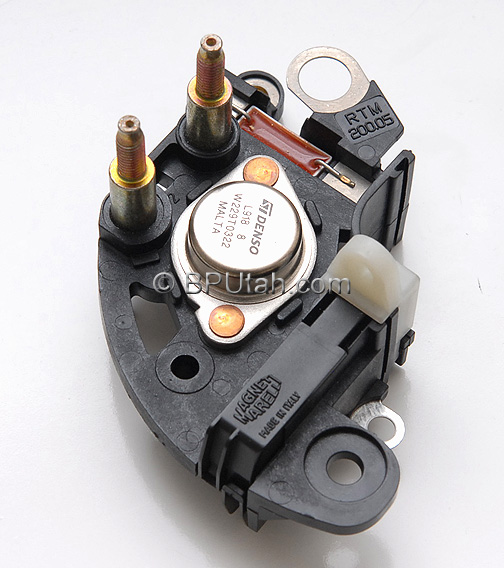manishanand14
Full Member level 4

- Joined
- Sep 3, 2011
- Messages
- 203
- Helped
- 10
- Reputation
- 20
- Reaction score
- 9
- Trophy points
- 1,308
- Location
- Bangalore ,India
- Activity points
- 2,572
Hello Everyone!
Can anyone please tell me which voltage regulator[part number] is present inside a Bosch Car Alternator?
I guess it is some kind of linear voltage regulator.
As far as I know the alternator need to run at very high speed to produce output suitable for charging 12V car battery.
What is the rotation speed range?
Can anyone please tell me which voltage regulator[part number] is present inside a Bosch Car Alternator?
I guess it is some kind of linear voltage regulator.
As far as I know the alternator need to run at very high speed to produce output suitable for charging 12V car battery.
What is the rotation speed range?



